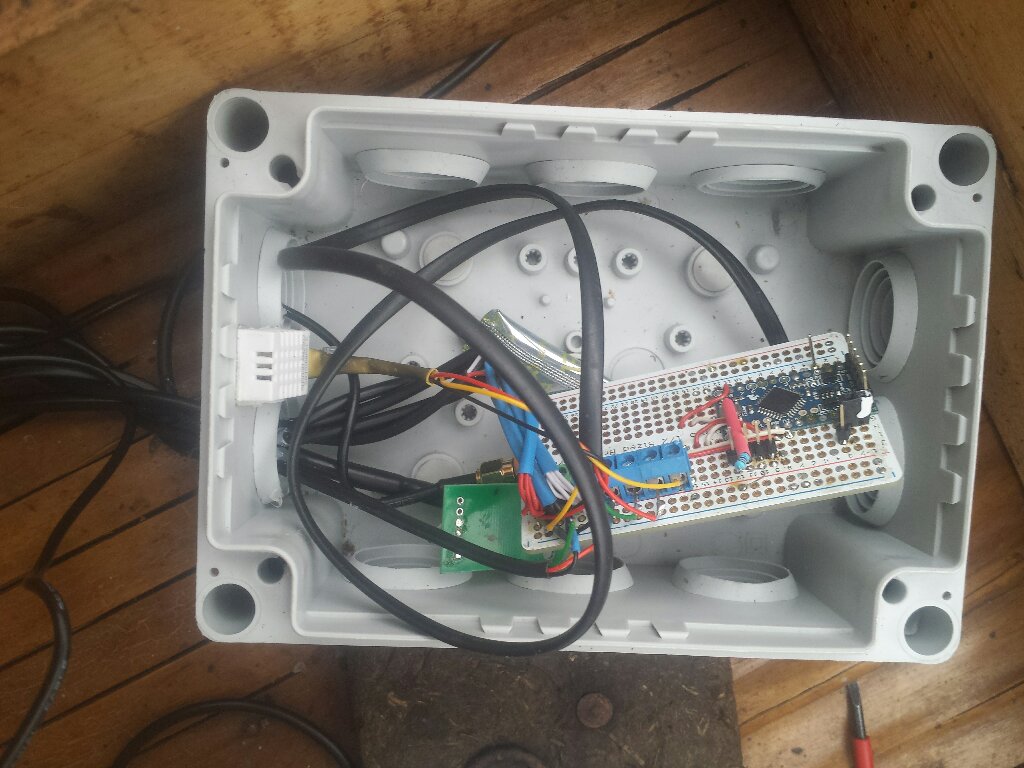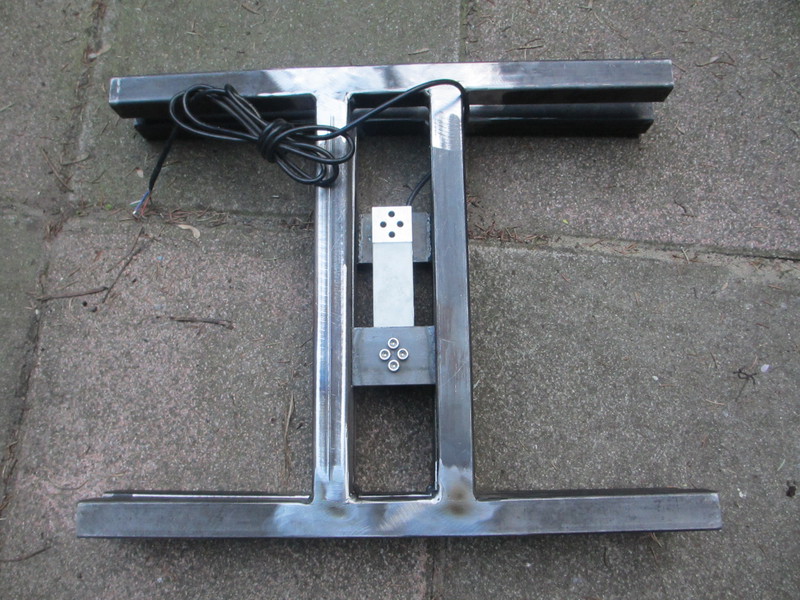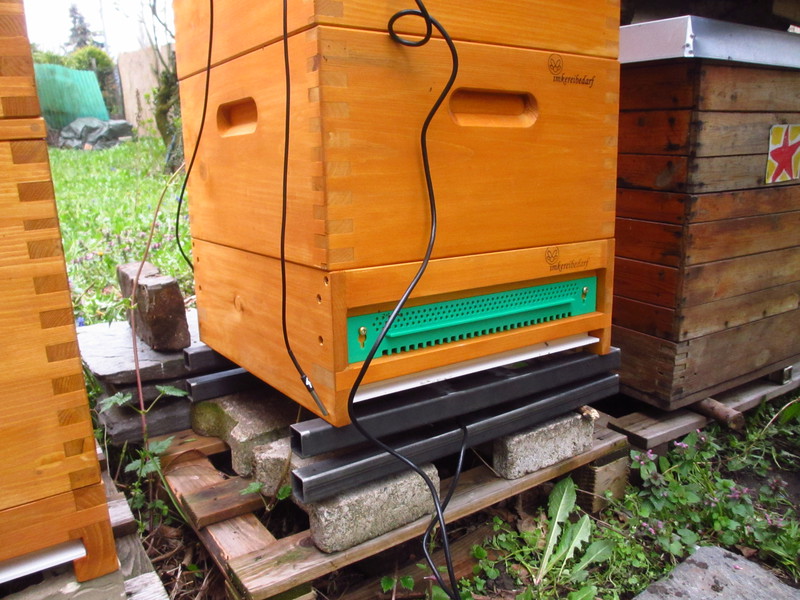Do it yourself¶
About the technologies, standards, protocols and softwarecomponents used for building the whole system.as well as regular x86/amd64-based systems like the Intel NUC.We are standing on the shoulders of giants.
Introduction¶
Feel free to use the system to your own needs in beehive monitoring, no matter which sensor hardware is in use at your site. Just drop us an email about custom requirements for data adapters, we are closely working together with the developers of upstream software and happy to support any protocol or data serialization format you are already using in the field.
Disclaimer¶
We are still working on the documentation and happy about getting any feedback for improving it.
Components¶
Electronics¶
There are currently two different sensor kits in the making:
- Hiveeyes One uses RF for transmitting telemetry data
- Open Hive is aiming at GPRS and WiFi for connectivity
Todo
Describe how to order the parts, build your own sensor kit and finally operate it.
Todo
Describe how to package the electronics and choose an appropriate power supply.
Plumbing¶
Todo
Describe how to wire electronics with sensors.
There are currently two different beehive scales in the making:
- Scale frame “Beutenkarl” for heavy lifting
- Open Hive Bee Scale for low-cost installments
Todo
Describe how to get the parts and build one of the scale frames/sockets and how to connect it to the electronics.
Software¶
Hiveeyes Arduino Sensors: Arduino-compatible MCU code for sensor reading and telemetry data transmission.
Todo
Describe how to start transmitting data from the new sensor node.
BERadio Gateway (optional): The RFM69 to MQTT gateway used with the Hiveeyes One setup is a convenient and versatile serial-to-mqtt forwarder implementing some specific details of the Bencode-based communication protocol.
Todo
Describe how to operate BERadio and forward telemetry data from the new sensor node to the backend.
Kotori Backend: The backend platform is completely open and driven by a multi-channel, multi-protocol data acquisition and graphing toolkit in turn based on Grafana, InfluxDB and Eclipse Mosquitto. Read Backend setup about how to setup an instance on your machine.
Todo
Describe how to receive and display telemetry data from different sensor nodes in Grafana.
Note
While the whole backend software stack can be installed on your own machine, we encourage using our collaborative and open Hiveeyes platform for getting started without effort.
System¶
Todo
Describe how to start transmitting, receiving, publishing and visualizing telemetry data, all together now.


